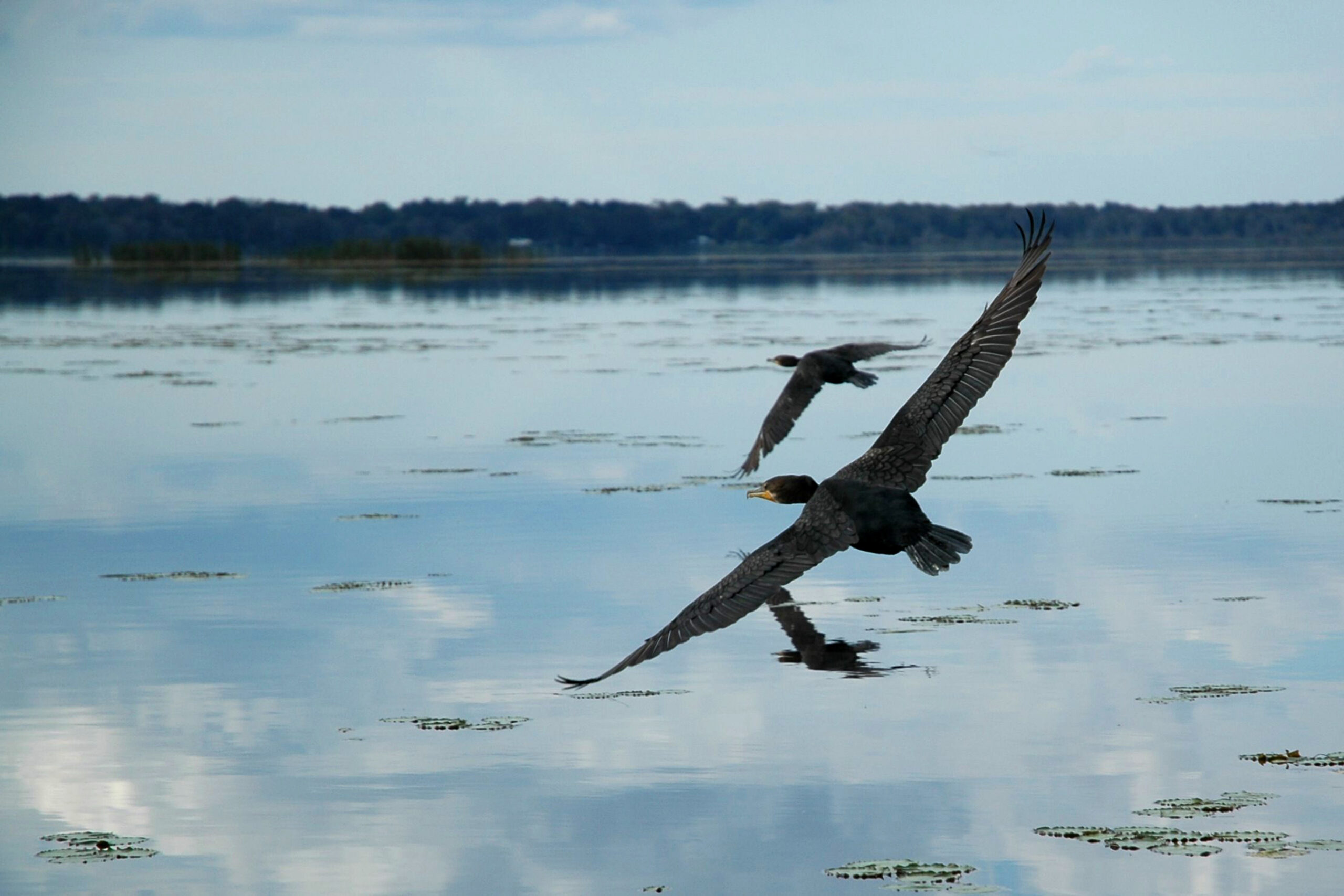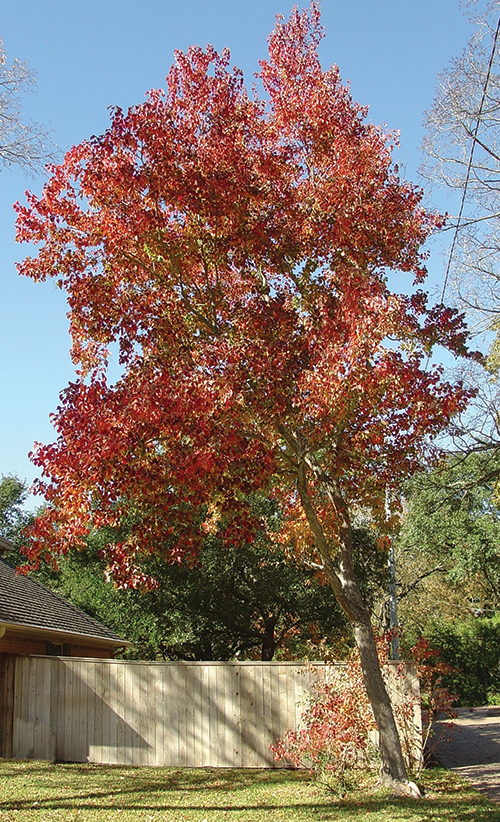Alabama’s State Tree, Flower, and Wildflower
A
s highlighted in a previous article, Alabama’s natural landscape is steeped in history and rich in biodiversity. This month, I’d like to take a closer look at three of our state’s official botanical symbols — the Southern longleaf pine, the camellia, and the oakleaf hydrangea. Each of these plants represents a unique story of resilience, natural beauty, and ecological significance.
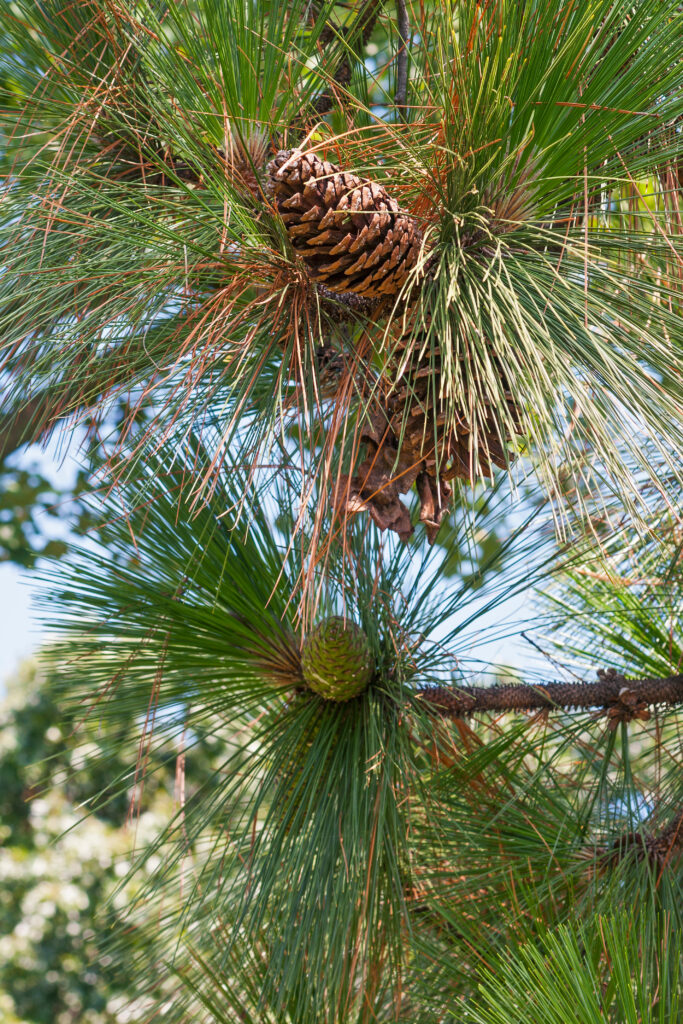
1. The Southern longleaf pine (Pinus palustris)
Designated as Alabama’s state tree in 1997, the longleaf pine is more than just a towering evergreen — it’s a keystone species in one of the most biologically diverse ecosystems in North America. Historically, longleaf pine forests covered over 90 million acres across the Southeast. Today, less than 5% remains, largely due to logging and land conversion.
Scientifically, this tree is fascinating. It has a unique “grass stage” during its early years, where it focuses on root development while appearing as a tuft of needles. This adaptation helps it survive fire, which is essential for maintaining the health of longleaf pine ecosystems.
Longleaf pines prefer full sun and sandy, well-drained soils. Avoid heavy clay or poorly drained areas. These trees can grow up to 100 feet tall, so plant them with plenty of room to mature. Starting with seedlings in the “grass stage” may seem slow, but they’re establishing strong roots — growth will accelerate after this phase.
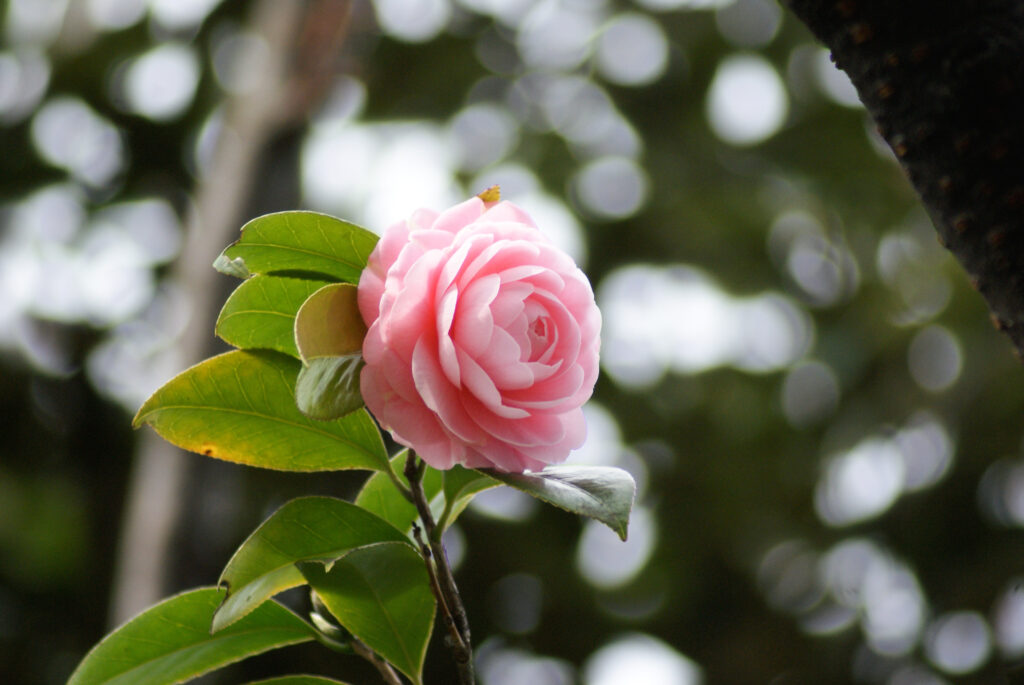
2. The camellia (Camellia japonica)
Alabama adopted the camellia as its state flower in 1959, replacing the native goldenrod. Though not native, the camellia has become a beloved garden staple across the state. Originating from East Asia, it was introduced to the U.S. in the 18th century and quickly gained popularity for its glossy evergreen leaves and stunning winter blooms.
Camellias prefer acidic, well-drained soil rich in organic matter. Choose a sheltered spot with partial shade, protected from harsh afternoon sun and strong winds. Regular watering is essential, especially during dry spells, to help establish strong roots.
Cultivars like ‘Professor Sargent’, ‘Debutante’, and ‘Pink Perfection’ are well-suited to Alabama’s climate and offer a range of bloom shapes and colors.
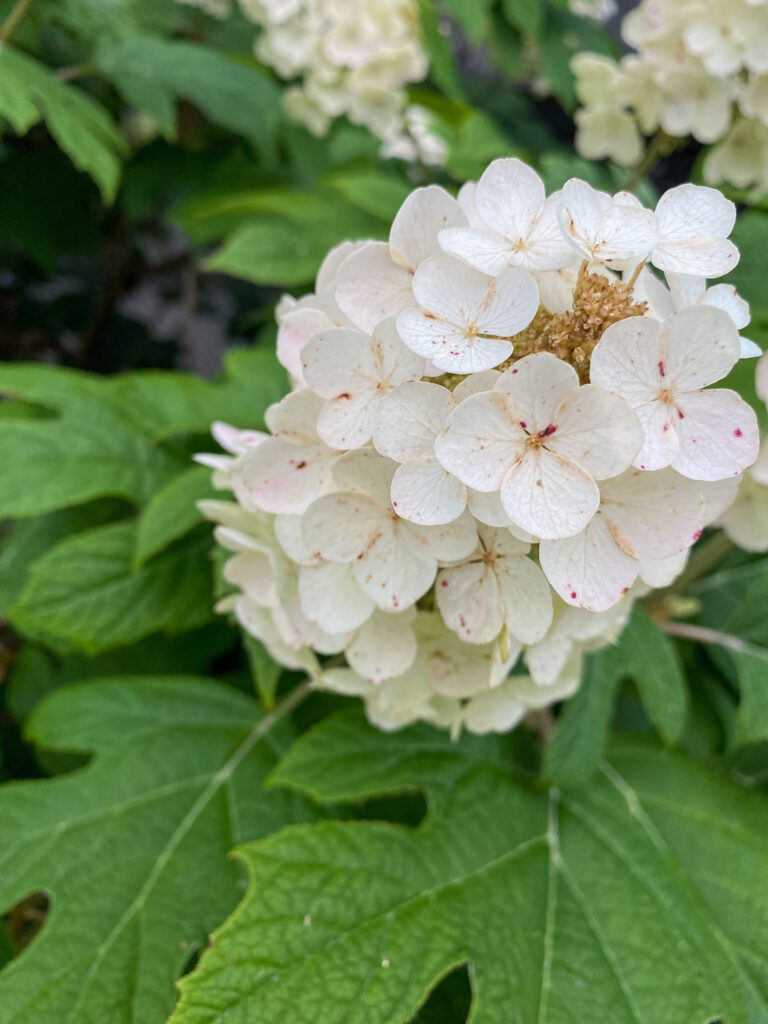
3. The oakleaf hydrangea (Hydrangea quercifolia)
Unlike the camellia, the oakleaf hydrangea is native to Alabama and was named the state wildflower in 1999. Found naturally in woodland areas, this shrub is prized for its large, cone-shaped white blooms and distinctive oak-shaped leaves that turn brilliant shades of red and purple in fall.
Ecologically, oakleaf hydrangeas support pollinators and provide habitat for wildlife. They thrive in part shade and tolerate a range of soil types, making them a versatile choice for home landscapes. Cultivars like ‘Snowflake’, ‘Alice’, and ‘Ruby Slippers’ offer improved bloom size, color, and compact growth habits.
Plant in areas with morning sun and afternoon shade. Moist, well-drained soil is ideal, and while they tolerate clay, adding organic matter improves performance. Space plants to allow good air circulation, which helps prevent fungal issues.
Together, these three botanical emblems reflect the rich natural heritage of Alabama. Whether you’re restoring native ecosystems with the resilient Longleaf Pine, brightening winter gardens with the elegant camellia, or showcasing native charm with the oakleaf hydrangea, each plant offers a unique blend of ecological value and ornamental beauty. They’re not just symbols — they’re living connections to Alabama’s past, present, and
future landscapes.
Bethany O’Rear, a horticulturist for more than 20 years, is a regional agent with the Alabama Cooperative Extension System, specializing in commercial and home horticulture.

